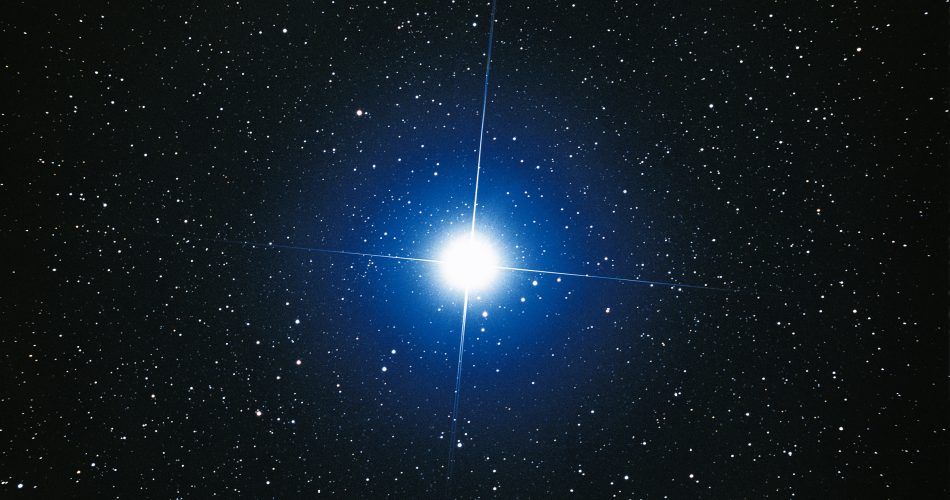One of the very first questions anyone had when looking at the sky: how can all these stars shine?
About 14 billion years ago, hydrogen and helium (the lightest elements in the periodic table) were made in primordial processes just after the Big Bang, and then condensed through gravity into massive incandescent balls of gas, the first stars, whose ashes gave birth to the Sun roughly 5 billion years later.
The reason why stars (including our Sun) shine relies in the nuclear fusion, driven by the enormous pressure and heat in their center, of hydrogen into helium, which in turn is then consumed to produce carbon, oxygen and other nuclei, releasing a great amount of energy radiated through visible light and other electromagnetic waves.

Credit: Akira Fujii and Hubble European Space Agency
But what happens when the nuclear fuel in stellar cores runs out?
It all depends on how massive a star is. Sun-like stars eventually blow off their outer envelopes and their cores end up as quiescent white dwarfs. More massive stars die in more violent (and spectacular) way: as no energy can be extracted from nuclear fusion reactions in their interiors, nothing can counter the self-gravity of the star, which then will collapse, triggering very fast nuclear processes causing the synthesis of many of the important elements that shape our life, such as calcium in our bones, iron in our blood, silicon and many others. But this may not be the end of the story… as new stars may be formed from the remnants of these catastrophic deaths, as our Sun did from the dust and ashes of previous star generations, allowing life to flourish on our planet, and continuing the chemical enrichment of our Galaxy.
References:
Burbidge et al. 1957, Review of Modern Physics, 29, 4
Herwig 2005, Annu. Rev. Astron. Astrophys., 43:435-79

